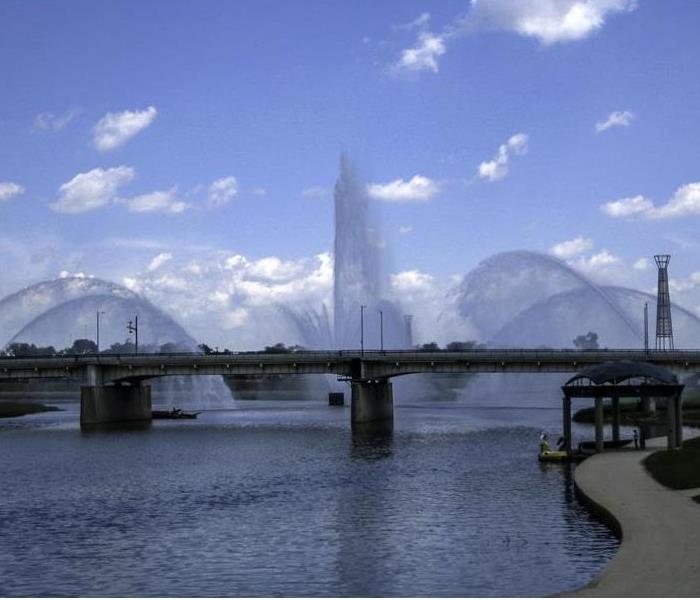Determining Flood Damage In Dayton
2/17/2020 (Permalink)
Dayton Flood Damage in your home
Removing stormwater from a Dayton home is much like removing water from a broken water heater. The equipment needed is the same, but there are additional precautions to take depending on if this outside water is contaminated. The same concerns are there when it comes to restoring the property.
SERVPRO of East Dayton understands that after a flood, Dayton homeowners want to get back into their house, and to their life before they wake up to find ankle-deep water in their living room and kitchen. To make certain we can provide a safe, clean environment; our restoration team first checks to see if the water is Clean, Gray, or Black.
Clean floodwater contains no threatening microbes and does not pose a risk to the health of the homeowners or other residents. Team members bring in the same pumps and extraction wands used to clean up after a broken kitchen sink sends water across the linoleum. Clean water can become contaminated if it stands too long, so we begin to remove it as soon as we get the first pump-off our truck. We also start to lower the humidity level since dry air also inhibits microbial growth.
Gray water contains low levels of microbes and other contaminants. The majority of them are usually urine or wash water forced out of overwhelmed sewers after a severe storm. This results in rapid microbial growth and the bacteria or fungi pose a threat to anyone who comes in contact with it. These same microbes can spread to walls and furniture as the water recedes and become a threat to property. To kill the microbes and prevent spreading them, SERVPRO technicians spray an anti-fungal agent across the surface of the water and nearby property before taking any other actions.
Blackwater is a severe threat to people and property. According to IICRC, the flood water has drawn in everything from the surrounding area as it rises. That includes animal waste, carcasses, and even sewage when the force of the water splits lines open. Since this contamination is obvious, our technicians pull on protective gear like rubber suits and even breathing gear. Once protected, they spray the water and nearby property before bringing in any pumps or other extraction gear.
For both Black and Gray water, we pump out the water into the nearest, functioning sewer opening. If there isn't one available, then we pump it into a tanker truck for removal to the nearest wastewater treatment plant.



 24/7 Emergency Service
24/7 Emergency Service